The Learning Gallery of the Biomes
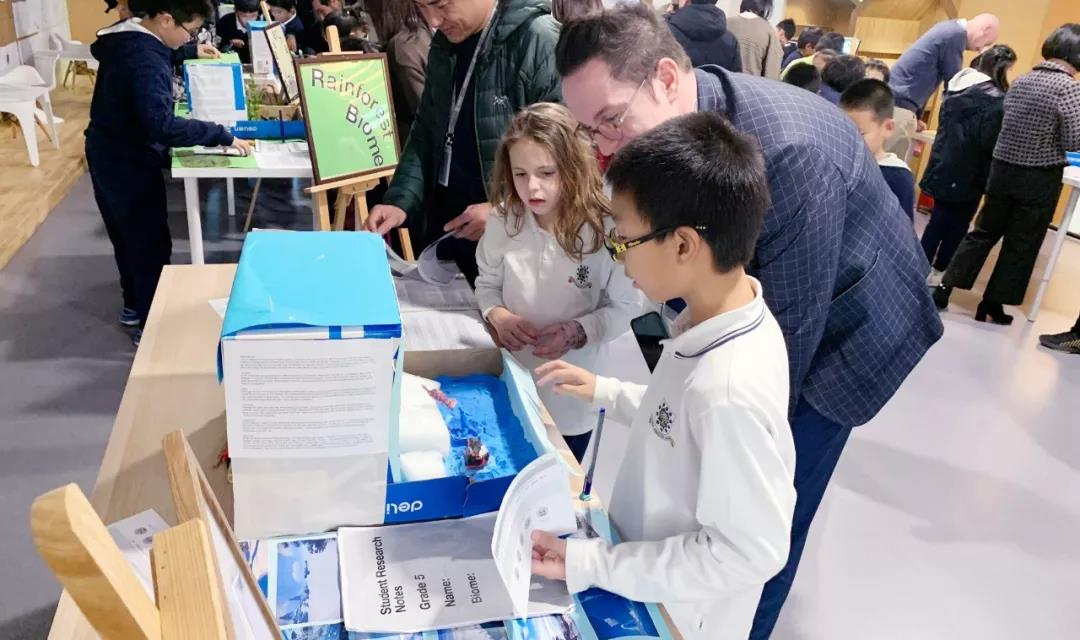
During the school wide focus on ‘Habitats’, our Grade 5 students embarked on an engaging journey to learn about biomes around the world. A successful framework for these students to acquire knowledge, grasp new skills and develop character requires purposeful planning, collaboration among educators, an authentic audience and opportunities to reflect and assess. This success was certainly clear to see at the end of our unit, where our Grade 5 students hosted a Learning Gallery to showcase their work.
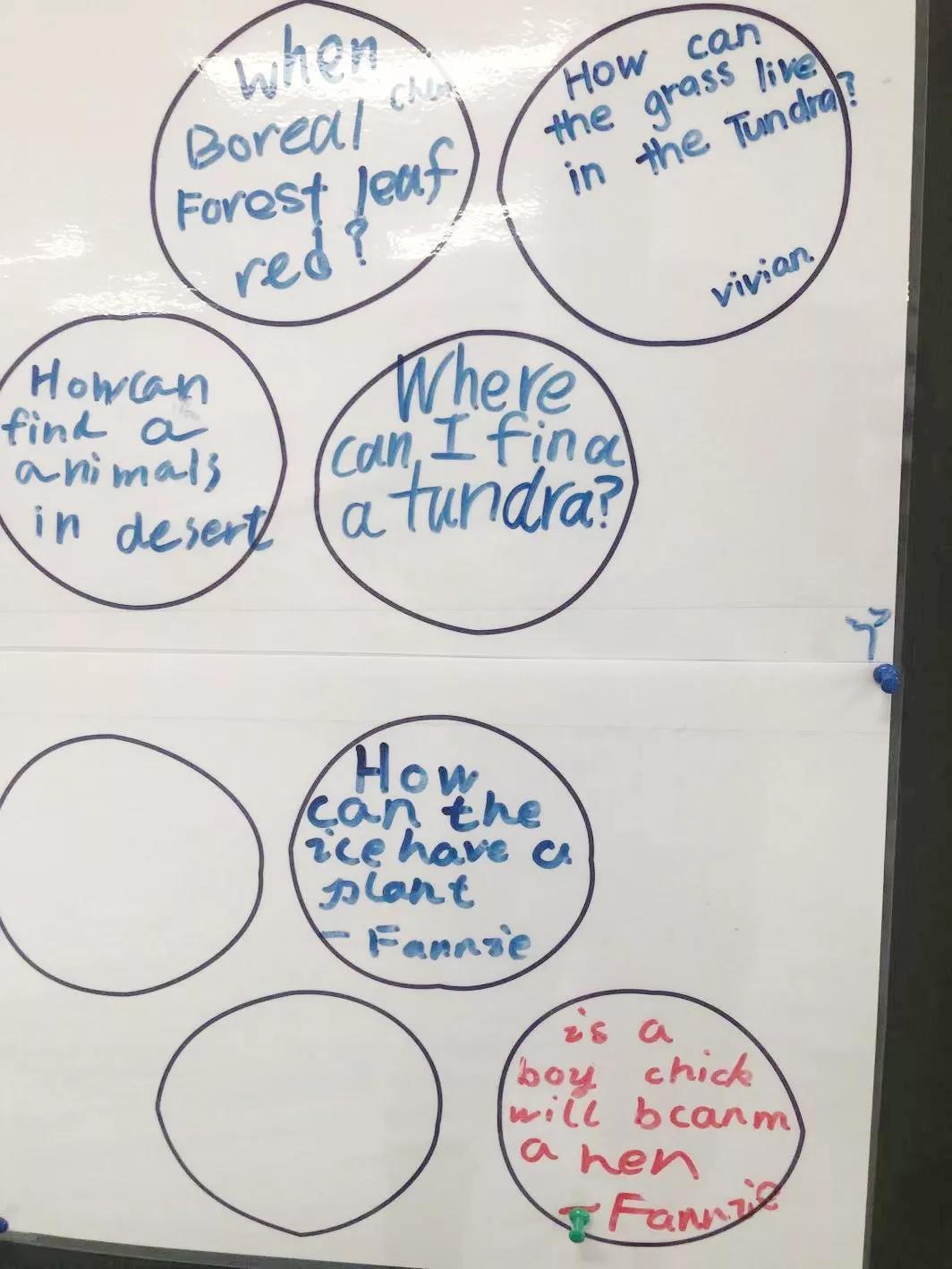
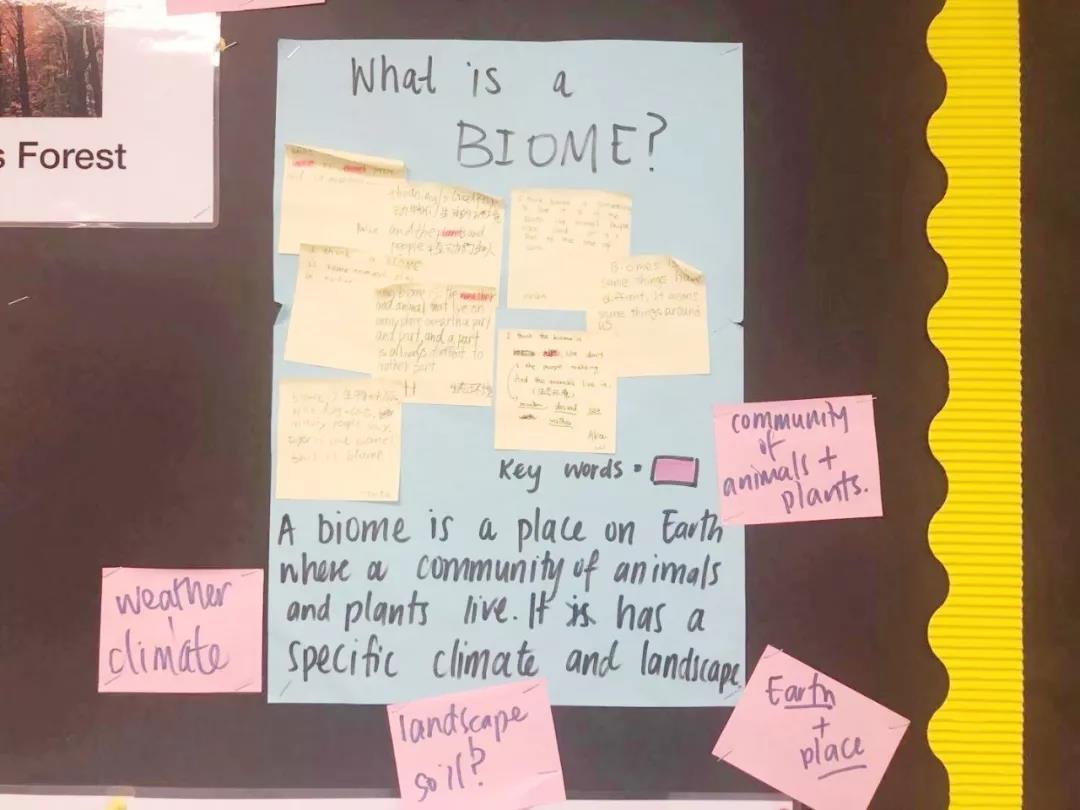
To begin, students were exposed to a variety of media to provoke their thoughts and build prior knowledge about nature and the world around us. As a class we created our own definition of the word ‘biome’ and other relevant key words attached to this main idea. The students then had the opportunity to ask questions and pose ‘wonderings’ about what they saw and what they wanted to know. Students were exposed to the idea that when we think about the scientific world around us, we can use and ask questions to guide our exploration. Many students were interested in investigating different environments around the world and wanted to understand these natural communities. Students categorized their questions into groups and then used this to support their research later on in this journey.
As a class, we then investigated the ‘Desert’ biome together. We used this as our model to inquire into a few key areas: animal adaptations, animal lifecycles, plant adaptations, landscape and climate. These areas were based on their initial questions and our curriculum learning objectives.
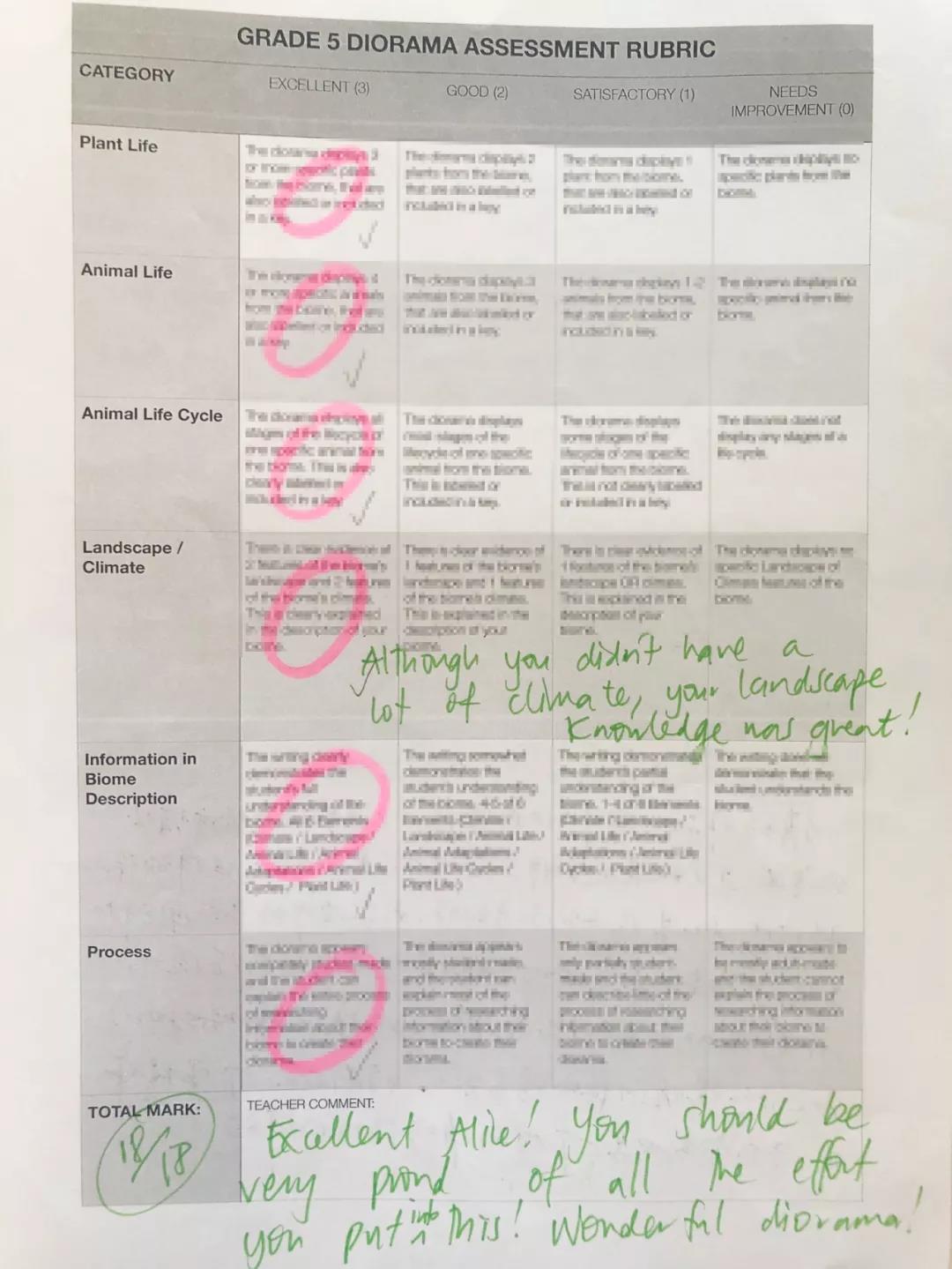
Once students had an initial idea about the different features of this environmental community, their final assessment of this unit was revealed four weeks before the deadline. Students were given an ‘Assessment Rubric’ which showed what they needed to do, the different parts of the assessment and how they could achieve excellence. Their initial reactions were that of surprise. They could not believe they would be showing our school community all their work. This turned out to be the very fuel they needed to remain motivated and focused throughout this learning journey.
From here, students were each randomly given a specific biome that they would investigate and together we launched into the research phase of our project. As we all know, the Internet is a vast space; sometimes it can be difficult to find the simplest thing. To support the students in their research, they were provided with a ‘Pathfinder’ of relevant websites and resources they could use to find information. They also had the opportunity to learn about how to find specific information on the Internet, as well as how to decipher what is relevant and what is not. Every day they would take notes in their ‘Biome Notebook’ - using pictures, diagrams and language translations to support their comprehension.
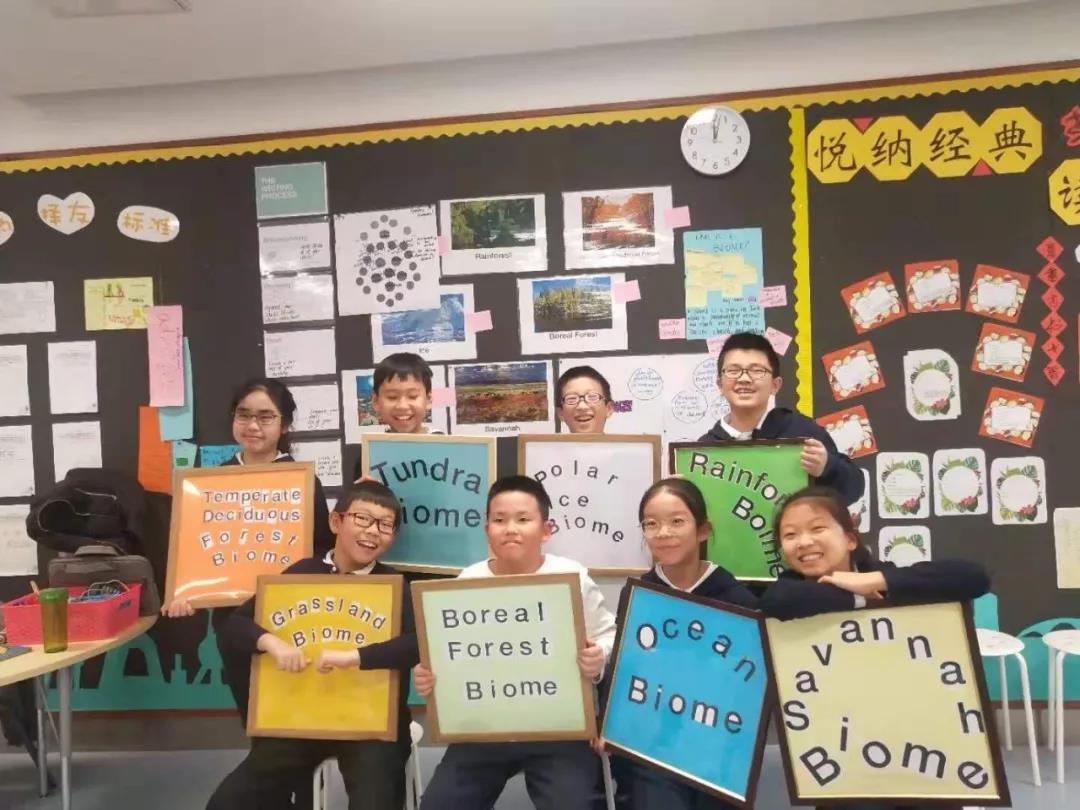
Behind the scenes our Academic Director, ICT Specialist and Art Specialist had already met with the Grade 5 Homeroom Teacher. They created a few purposeful learning experiences that would support our students in being engaged in a rich environment of media resources and creative opportunities.
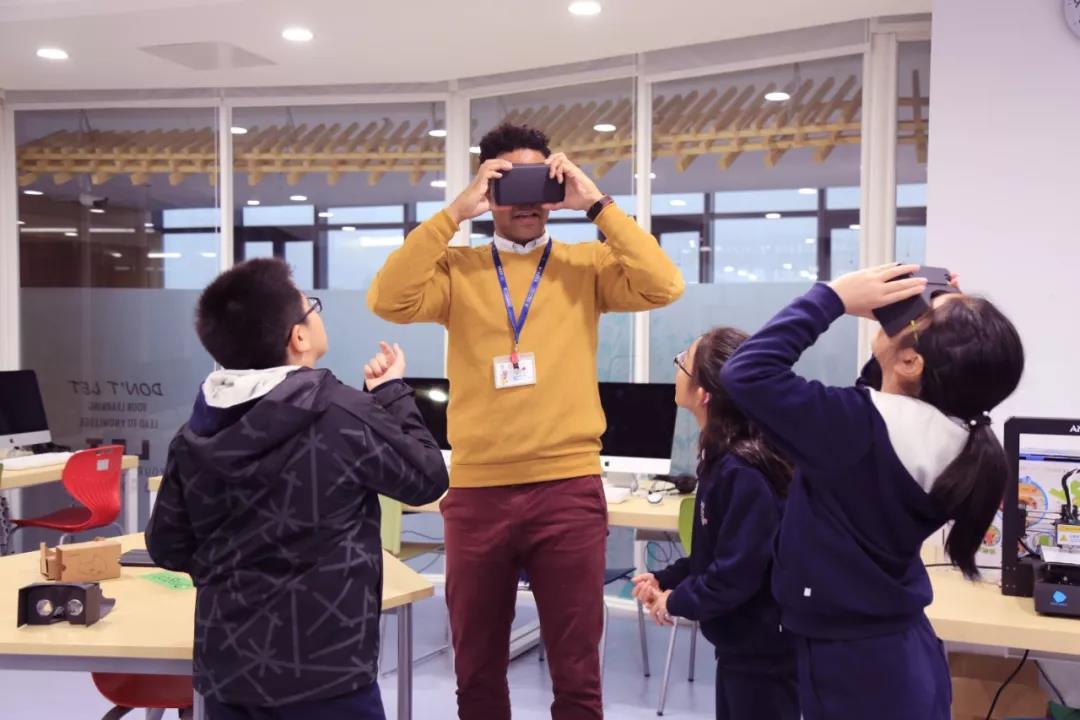
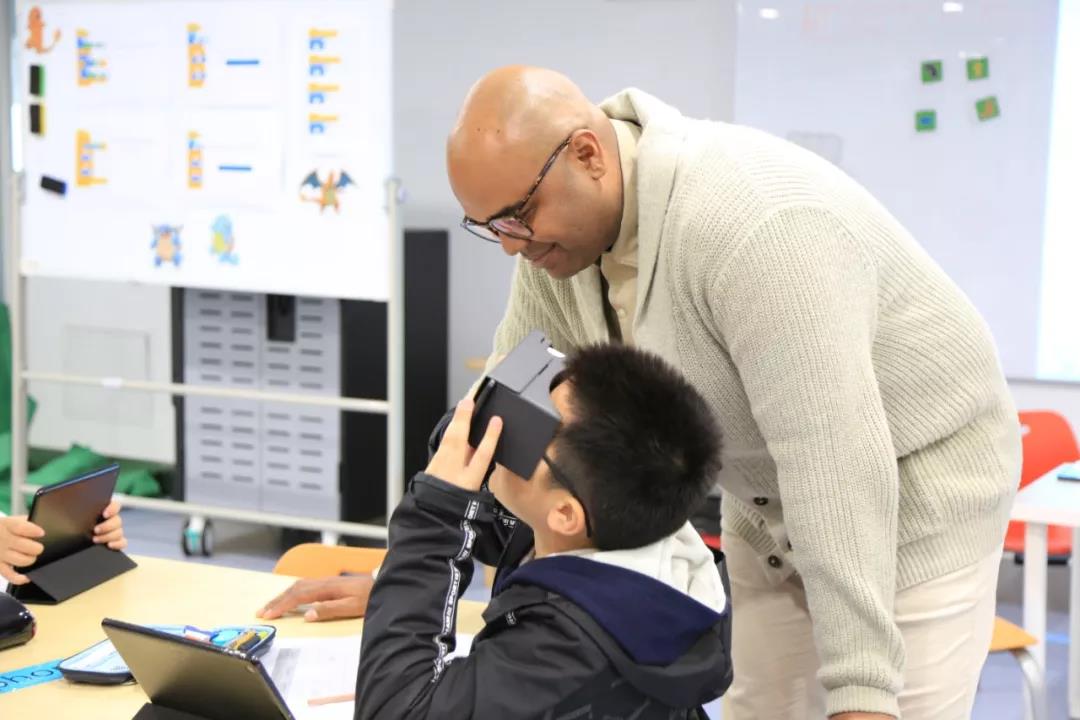
In ICT, students had the opportunity to experience a range of biomes in Virtual Reality (VR) and Augmented Reality (AR). Using this method allowed them to be submerged in the environment they were studying. It allowed them to make stronger connections to the animals and plants they were discovering in their research.
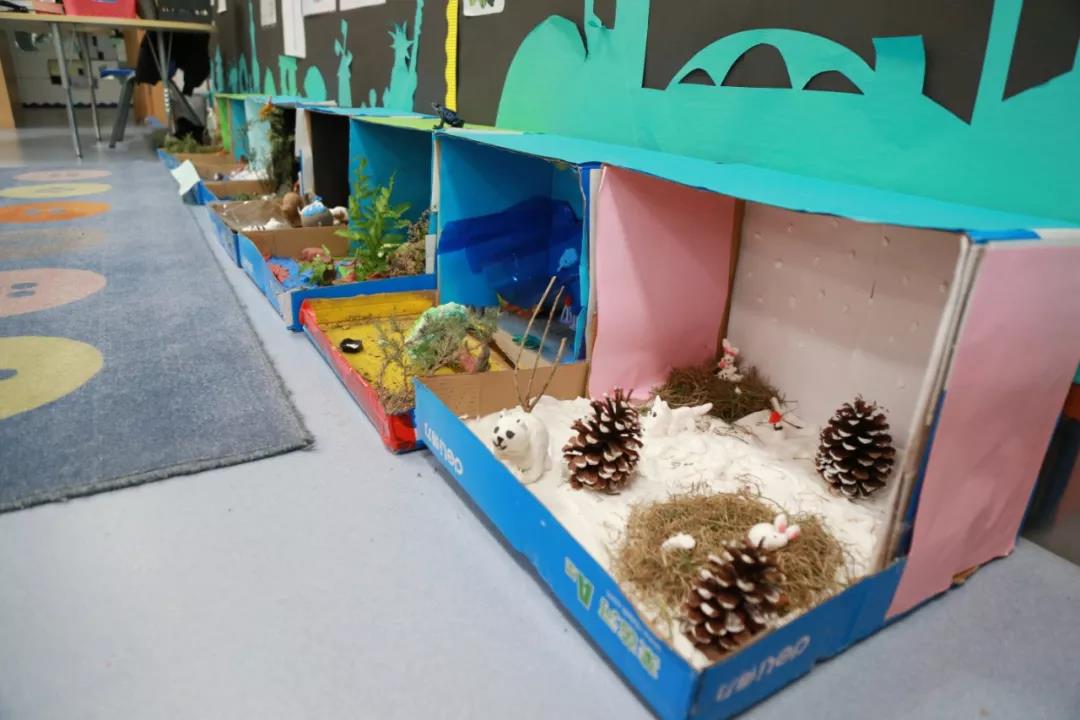
In Art, students used a variety of clay modeling and painting skills to create a Diorama scene of their specific biome. This was a terrific experience for the students and gave them the opportunity to find more creative ways to express their learning - especially for those students who took more artistic risks in creating their biome scene. Students spent a lot of time working with our Art Teacher to discuss techniques and regularly problem solve- this proved very meaningful for their language growth. As students created different pieces for their diorama, they were consistently prompted to reflectand check their ‘Assessment Rubric’.
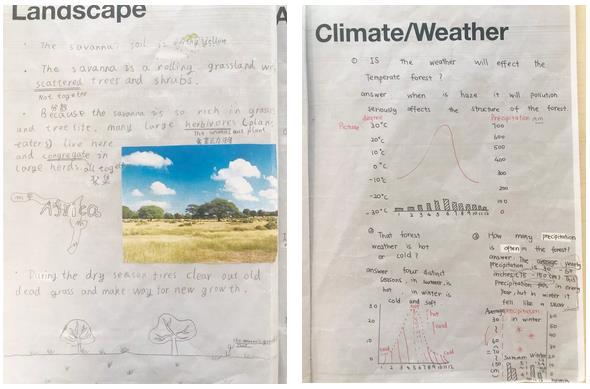
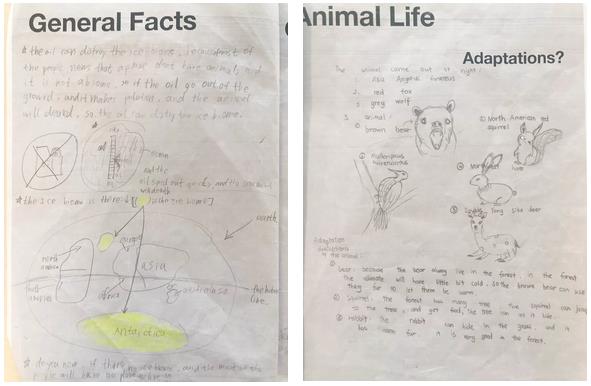
In English Writing classes, students were focused on writing informative reports – a genre they saw in their research. This supported their ability to write simple paragraphs about their specific biomes (which was connected to their Assessment Rubric). Students were also exposed to a variety of new grammar rules and sentence types and were encouraged to use this as apart of their repertoire of independent writing skills. Their final reports certainly showed clear progress for many of the students. They used this to support simple speeches that they could present to their audience.
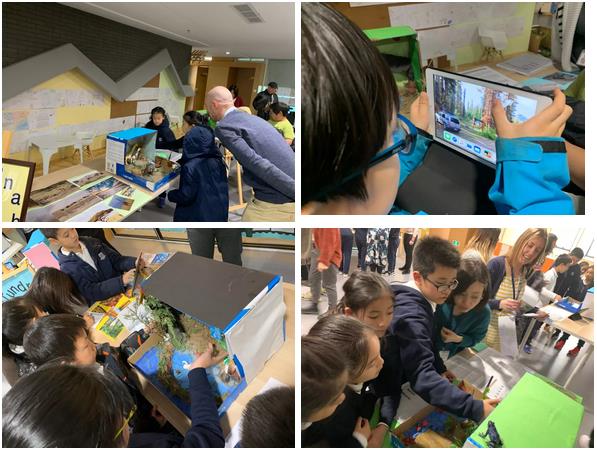
On the afternoon of November 27th, the Grade 5 students hosted a Learning Gallery. Here they presented their work to their parents, teachers and students in our school community. They were confident students who spoke with pride to their audience. It was amazing to see them speak so knowledgeably to both English and Chinese audiences. This aspect of the learning gallery was a key part of the assessment - it allowed their teachers to see how well they had comprehended what they were learning over the course of the unit. And of course, it was a lot of fun for the Grade 5 students. At the end of the day,the students were excited and relieved.
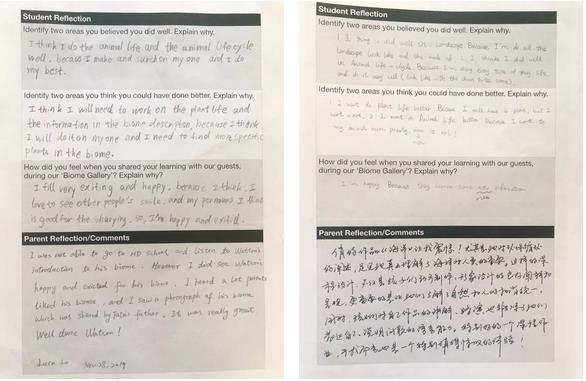
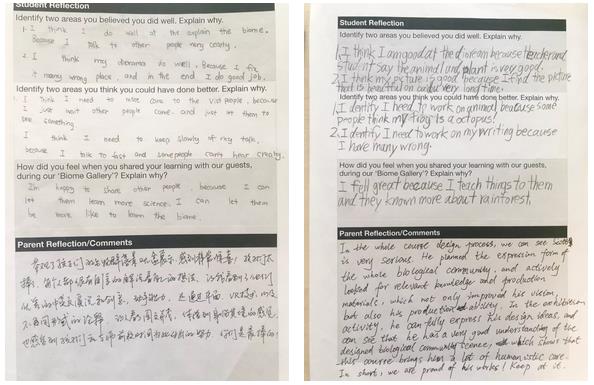
No unit would be concluded well, without time to reflect and assess. The following days after our Learning Gallery, students had the opportunity to self-assess using the same ‘Assessment Rubric’ they had been using during the unit. They also had time to think about and write down the areas they believed were strengths and what they saw as areas to work on for next time. The Grade 5 parents were also included in this process. They too had an opportunity to write down a comment about how they saw their child ‘grow’ over the course of the unit. This ‘comment’ from parents was very special for many of the students when they read them in class together. Students were then graded by their homeroom teacher and spent time discussing these marks as well.
Indeed, the product of this unit was the Learning Gallery. However, the true success of this unit was determined by the process that students undertook. In the product, students created a wonderful diorama and information report which they presented to an audience. But in the process of this, students were able to be more open-minded, take risks and grow closer to becoming their best selves.


